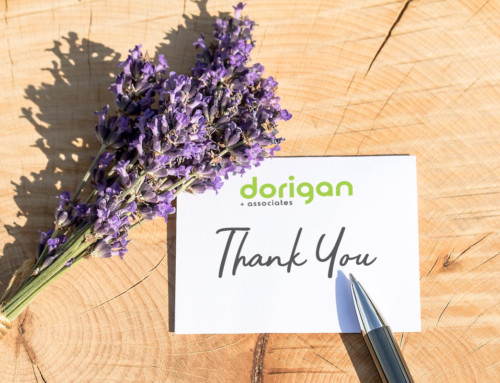Do you even need a cover letter? From the perspective of HR and hiring managers, cover letters can elevate a candidate who would’ve otherwise been ignored into the running — or — they are a complete waste of time.
Bottom line – if your industry relies on cover letters, if you have extenuating circumstances you need to explain to boost your candidacy, if the application instructions request a cover letter, or you simply want to cover your bases – because 50% of resume readers rely on them and 50% don’t – Write a Cover Letter.
Let’s say you’ve decided to write a “killer” cover letter, but you don’t know where to begin, what to include, or what to say so your letter stands out enough to capture the hiring team’s attention — if it’s actually read.
Tips for a good Cover Letter
What makes a cover letter stand out? Here’s a quick run-down and some dos and don’ts.
- Always be original and personalize each cover letter. Write a completely different cover letter for each position. DON’T use a generic cover letter. It’s okay to have a rough cover letter that you adapt to each specific job, but make sure you adapt it!
- Keep it concise – short and to the point – one page is all you need. Include language (words) from the job description. DON’T repeat information already included in your resume.
- If possible, identify the name of the person who is going to read your cover letter, ideally the hiring manager (LinkedIn research should help here) and address it to them. DON’T use “To whom it may concern.”
- Highlight your skills and achievements with examples that relate to the position. For example, if you are a Director of Food Quality and Safety Operations, you might mention how your application of LEAN manufacturing principles led to recovering over a quarter million annually in value-added product.
- Also remember that everyone sees themselves as qualified. It’s your job to make yourself stand out and make it clear why you’ll do well in the role at hand. Remember, the best way to get noticed is to put yourself in the hiring manager’s shoes and explain why they should hire you from their perspective.
- Express your excitement about the position, passion for the company and why you’re a great fit for both.
- Address any gaps in employment or identify skills that apply to the position that do not appear in your resume. This is especially important for career changers and for those re-entering the work force after freelancing or running your own business, returning after extended travel or caregiving.
- Be clear and professional. It’s okay to let your personality shine and maybe elicit a laugh, but remember to stay on point or you may lose opportunity to truly capture the readers attention and inclination to pursue you.
How to articulately identify your attributes in a way that grabs a reader’s attention is very challenging for most job seekers. If you need help with this critical foundational task, we can coach you through it with flying colors. If you want to learn more about that, schedule a free 20-minute call.
Bonus: Always carefully review cover letters for grammar and spelling. It’s a good idea to have a friend or two check for typos before you hit send.
If you want to see what a cover letter should look like, check out our Cover Letter Infographic.
For a fill-in-the-blank template, click here [download].
For completed cover letter examples here and here.
Need more help? Contact us for a free 20-minute coaching call.





